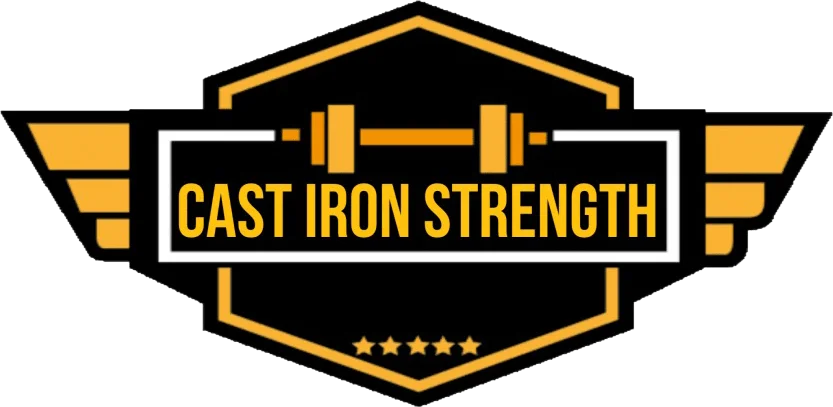TL;DR
Contact jump mats are accurate for most mortals but might underestimate any freaks you train.
Rugby players are bigger, significantly stronger and faster than they were 13 years ago
Vibration and deadlift are both good warm ups for 2×1 @ 75% deadlift…. thanks for the great science 😀
Sports science literature is generally pretty poor and neither linear or undulating perodization have been shown to be better than the other.
Sometimes athletes have poor range and are still because it makes them better at their sport.
It appears any form of resistance training can have a positive effect on sprint performance. The science isn’t up to the job of guiding us where the optimal is however.
Accuracy of Vertical Jump Contact mat
Whitmer et al looked at the accuracy of a vertical jump mat when compared to a Vertec and force plate. 17 Men and 18 Women took part in the study. The jump mat produced higher jump scores than the force plate and longer flight times. The jump mat and Vertec showed no significant differences in results. Regression analysis suggested that the jump mat would be likely to underestimate hight vertical jumps ( >70 cm / 28 inches).
TL;DR version – jump mat is accurate for most mortals but might underestimate any freaks you train.
Changes in the physical characteristics of the South African under 20’s team over a 13 year period.
Lombard et al looked at the changes of the South africa under 20s international side over a 13 year period (1998 to 2010). A total of 453 south African players (forwards = 256 / backs = 197) took part in measurements including body mass, stature, muscular strength, endurance and 10-40m sprint times.
Forwards v Backs – Forwards where 22% heavier, 5% taller and 18% stronger than backs. Backs possessed greater relative strength.
Over the 13 years – height did not change however the more modern under 20’s player from south africa is 50% stronger, 20% heavier, 50% better upperbody endurance, 4% faster over 40 meters and 7% faster over 10 meters.
These changes where put down to adaptations from changing demands of the game and advances in training methods.
TL;DR – Rugby players are bigger, significantly stronger and faster than they were 13 years ago.
 Vibration Exercise as a warm up for deadlift power output
Vibration Exercise as a warm up for deadlift power output
Cochrane et al looked at the effect of two diffrent warm up methods on peak power, rate of force development, mean power and EMG activity on 1 rep of deadlift (75% RM) 30 seconds and 150 seconds after each warm up condition.
Warm up 1 – 30% x 10 DL, 40% x 8 DL, 50% x 5 DL
Warm up 2 – 10 x bw squats, 8 x bw squats, 5 x bw squats on vibration plate.
Participants where assigned randomly to each condition. The authors showed no significant difference between either condition for performance of the deadlift exercise.
TL;DR – Vibration and deadlift are both good warm ups for 2×1 @ 75% deadlift…. thanks for the great science 😀
Harries et al looked at all of the existing literature on Linear and Undulating perodization schemes. In total they revealed 17 studies that met their selection criteria. The study had a pool of 510 participants. 16 of the studies showed significant increases in strength for both programs.
Five studies showed significant differences between the two conditions. The meta analysis showed no significant differences between the two perodization approaches.
Short term training history of the participants and studies where reported as confounding factors.
TL;DR -Sports science literature is generally pretty poor and neither linear or undulating perodization have been shown to be better than the other.
Rotational mobility and power and it’s effect on throwing velocity in cricketers.
Talukdar et al looked at the effect of Thoracic ROM and hip external rotation ROM and chip and lift, seated and standing cricket throws of 10 professional and 10 under 19 club level cricketers.
The cricketers where divided into 2 groups – fast bowlers and slow bowlers. Faster bowlers showed greater force and work outputs in the chop when compared to slow bowlers.
Slow bowlers displayed significantly larger range of motion for thoracic and hip external rotation. The authors concluded that lesser range of motion at proximal segments helps to transfer momentum from the lower extremity into the throw.
TL;DR – sometimes athletes have poor range and are still because it makes them better at their sport.
Bolger et al looked through all of the existing literature to see how resistance based training regimes effected the sprinting performance of competitive sprinters. Studies where reviewed using the physiotherapy database scale. In all they found 5 studies that met the criteria.
Three of the studies used locomotive based training (stairs, parachute sprint and plyometrics) while the other two studies used a mixture of traditional exercises (squats and leg extension).
All studies produced a similar positive benefit in performance. The main things highlighted by this study was the lack of evidence or quality studies on this population and resistance training. One of the main problems was the lack of longitudinal design (average study = 7.4 weeks).
TL;DR – It appears any form of resistance training can have a positive effect on sprint performance. The science isn’t up to the job of guiding us where the optimal is however.

















